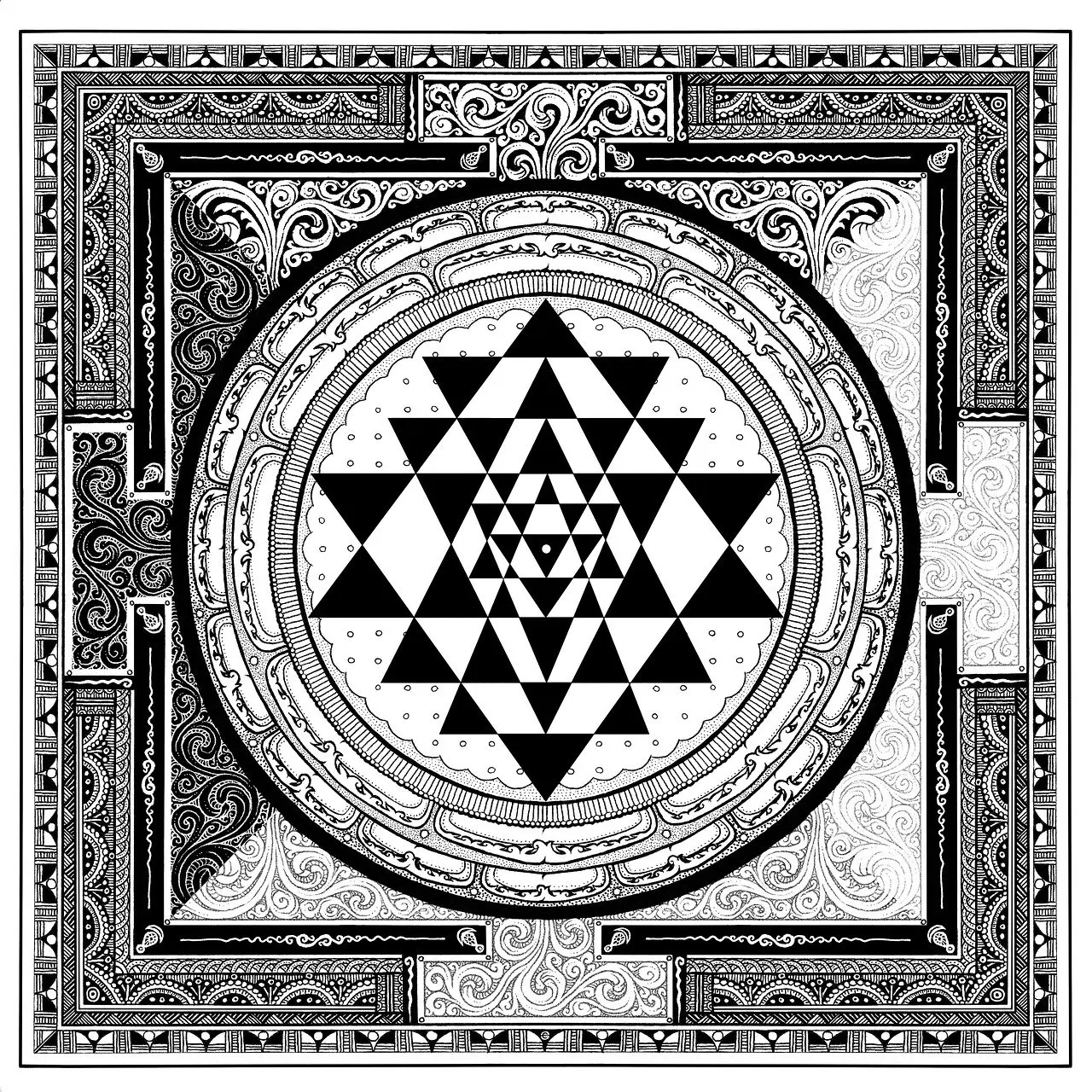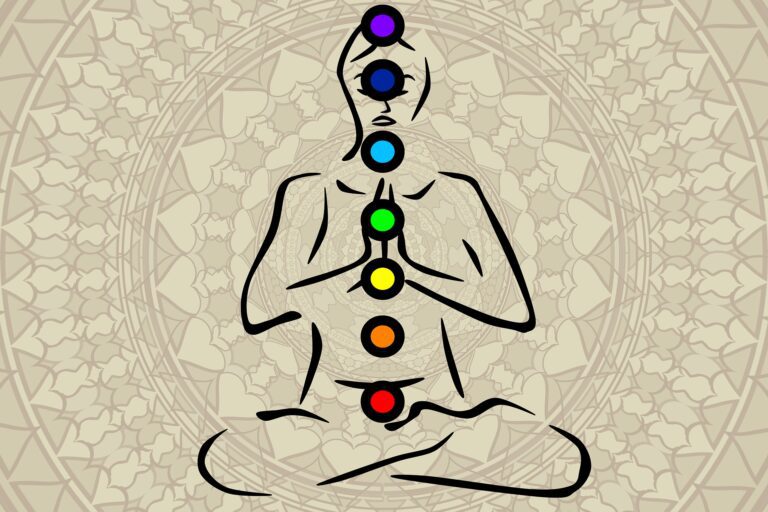Have you ever heard of Qi? It’s an ancient concept central to Traditional Chinese Medicine and Eastern philosophies.
A mysterious force that flows within us, Qi is the life force that animates the living.
It’s both the fuel for our bodily functions and the engine that drives our spirit. But did you know there are actually 6 Types of Qi?
Understanding these types and learning how to cultivate and balance them can be the key to achieving harmony, vitality, and optimal health.
In this post, we will be exploring its nuances and guiding you on a journey to harmonize your internal energies.
Table of Contents
Toggle
What is Qi?
Qi is a foundational concept in traditional Chinese culture that represents the life force that flows through all living things.
In the cosmology of Chinese thought, everything in the universe is believed to be a manifestation of Qi – from the grand celestial bodies down to the minute organisms on Earth.
In the Chinese worldview, the presence, balance, and flow of Qi determine the vitality of an entity. Thus, Qi plays an integral role in various facets of Chinese culture, from philosophy and religion to medicine and martial arts.
Wherever you find discussions of health, balance, or vitality in traditional Chinese contexts, Qi is inevitably a part of the conversation.
The Chinese character for Qi (also spelled as Chi as in Taichi or Ki from Reiki) depicts steam rising from rice, suggesting the ethereal substance essential to life. This simple imagery speaks to the all-encompassing nature of Qi: both tangible and intangible, visible and invisible, material and immaterial.
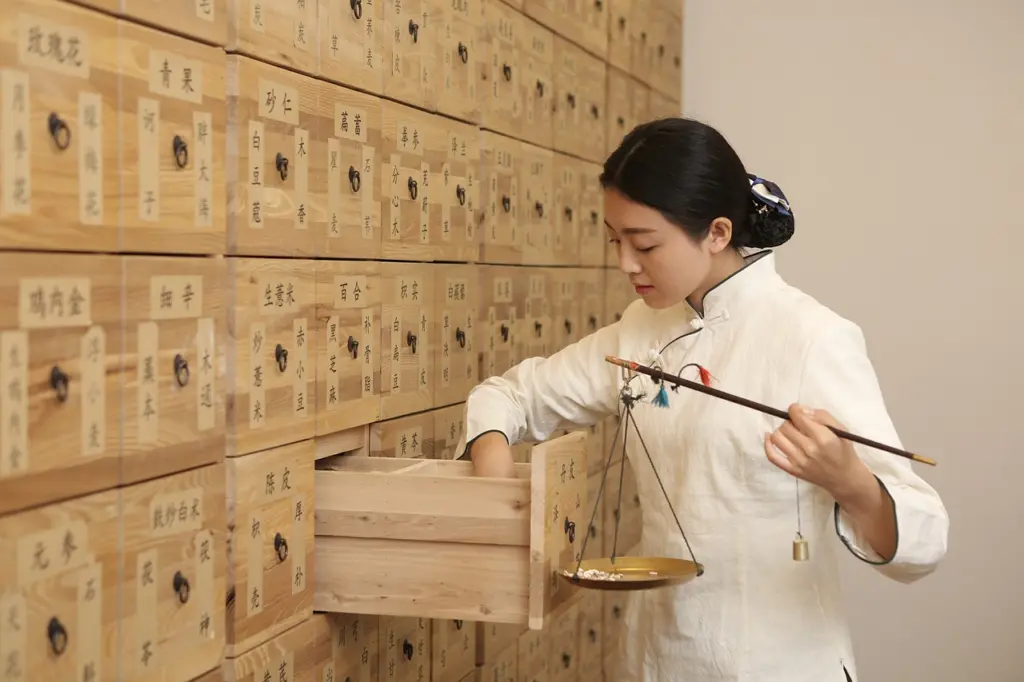
Origin of Qi
The concept of Qi can be traced back to ancient Chinese texts, with one of its earliest mentions found in the “Yellow Emperor’s Classic of Internal Medicine” (Huangdi Neijing), a foundational text in Traditional Chinese Medicine (TCM) that dates back more than 2,000 years. In this work, Qi is presented as an essential factor in maintaining health, understanding disease, and guiding treatment.
In ancient Taoist texts, such as the “Tao De Jing” authored by Laotzu, Qi is intertwined with discussions of the Tao, the underlying principle that is the source of all existence.
Qi, in these texts, is often likened to the flow of water, highlighting its natural, ever-changing, and dynamic characteristics. The idea is that, like water, Qi follows the path of least resistance, nourishing all things in its path.
Over the millennia, as Chinese civilization evolved and interacted with neighboring cultures, the concept of Qi also expanded. Different schools of thought provided their own interpretations, for instance, in Confucian thought, Qi was more than just a physiological concept; it was tied to moral integrity and one’s character.
In modern times, while many in the Western world were initially skeptical of the concept, the global spread of TCM, acupuncture, Qigong, and other Qi-centric practices has led to a broader, albeit varied, understanding and appreciation of Qi.
This ancient concept has found resonance in the contemporary search for holistic health, well-being, and spiritual exploration.
6 Types of Qi

1. Yuan Qi (Primordial Qi)
Yuan Qi, often translated as “Original Qi” or “Source Qi”, is regarded as the most fundamental type of Qi in the body. It is a primordial energy, a bridge between our inherited constitution and the Qi we generate and use throughout our lives.
This Qi is conceived from a combination of the essential substances inherited from both parents at conception. Stored in the Kidneys, it serves as the basis of all of life’s processes. As such, Yuan Qi represents our congenital strength and vitality, playing a pivotal role in growth, development, and reproduction.
Funnily enough, the very same Chinese characters of Yuan Qi, is used in the Japanese greeting “O genki desuka?” which roughly translates to “How are you?”
What to Know About Yuan Qi
- Basis of All Vital Activities: Yuan Qi acts as the bedrock energy for all bodily functions. It’s the wellspring from which all other types of Qi are derived and nourished.
- Supports Growth: From embryonic development in the womb to growth through adolescence, Yuan Qi is the energy that drives these processes.
- Reinforces the Kidney’s Functions: Given that it is stored in the Kidneys, Yuan Qi plays a crucial role in supporting the multifaceted functions of the kidneys in TCM theory, including bone health, reproduction, and water metabolism.
- Defense Against External Pathogens: While Wei Qi (Defensive Qi) is the primary force guarding against external threats, Yuan Qi offers deep-seated protection, supplying energy when the body faces significant threats.
- Interaction with Other Qi Types: Yuan Qi supports and is closely related to the other Qi in the body. It acts as a reserve to nourish the other forms of Qi, especially in times of illness or stress.

2. Gu Qi (Food Qi)
Gu Qi stands as a union between what we ingest and how our body transforms it. When foods, each laden with distinct energetic attributes (such as warm, cool, damp, dry, and more), are consumed, the digestive powerhouses of the body – the Spleen and Stomach – swing into action.
This duo collaboratively dissects the ingested foods, carefully breaking them down to their most fundamental components. As this happens, they extract not only the tangible nutrients but also the vital energies that these foods carry.
This precise and meticulous process distills the food down to its most potent and refined essence, leading to the birth of Gu Qi. Emerging predominantly from the spleen, Gu Qi serves as a primary, foundational reservoir of energy. It’s not just an energy store but an elemental Qi, which the body draws upon, using it as a vital cornerstone for crafting more specialized Qi forms and even for the generation and nourishment of blood.
This process is profound and multi-layered. A transformative alchemy, where the mundane act of eating gets elevated to a sacred process of energy derivation.
What to Know About Gu Qi
- Fundamental Energy Source: As the immediate energy outcome post digestion, Gu Qi provides the body with its first burst of vitality derived from the consumed foods.
- Precursor to Blood and Other Qi: Beyond being an energy form, Gu Qi acts as the base material. With other organs pitching in, it gets refined into Blood and other nuanced Qi forms like Zong Qi and Zhen Qi.
- Digestive Health Barometer: The clarity, potency, and volume of Gu Qi offer insights into the digestive prowess of the Spleen and Stomach
- Physical Vitality’s Anchor: Our daily energy reservoir, stamina, and strength find their roots in the quality of Gu Qi. Nutrient-dense foods and a harmonious digestion pave the way for a robust Gu Qi.
- Dietary Choices’ Mirror: Gu Qi serves as a reflection of our dietary habits. The foods we choose, given their inherent energies, sculpt the nature of the Gu Qi we produce. Hence, mindful eating isn’t just about nutrition but also about energetically aligning with our body’s needs.

3. Zong Qi (Gathering Qi)
Zong Qi is derived from a combination of essential energies. When the Gu Qi, which is the essence derived from the digestion of food by the Spleen and Stomach, combines with the fresh Qi from the air taken in by the Lungs, Zong Qi is formed. This convergence of energies predominantly occurs in the chest area, acting as a reservoir of vital energy for key organs, namely the Lungs and Heart. In a metaphorical sense, Zong Qi acts as a “gathering” point where energies from our nourishment and environment meet, underscoring its name.
What to Know About Zong Qi
- Respiration: Zong Qi is deeply involved in supporting the Lung’s function of governing Qi and respiration. As the Lungs inhale fresh air, Zong Qi ensures the smooth integration of this external Qi with the body’s internal systems, thereby playing a critical role in our breathing process.
- Cardiovascular Support: The heart, in TCM, is considered the emperor of all organs and is responsible for circulating blood throughout the body. Zong Qi aids this process by providing the vital energy needed for the heart to perform its function. A strong, balanced Zong Qi ensures that the heart can effectively circulate blood, influencing overall vitality.
- Voice: The strength and clarity of one’s voice are influenced by Zong Qi. Located in the chest, close to the throat, a well-nourished Zong Qi provides the necessary energy for vocal expression, ensuring that speech and vocal intonations are clear and resonant.
- Boosting the Body’s Defenses: Beyond Wei Qi, which acts as the primary shield against external pathogens, Zong Qi provides a deeper level of protection. Especially crucial for the upper body, Zong Qi ensures that the throat and lungs, which are vulnerable to external pathogens, remain fortified.
- Upward Movement of Qi: In the Qi movement within the body, Zong Qi ensures the essential upward and outward flow. By regulating this movement, Zong Qi guarantees that energy is available where needed, especially in the upper regions of the body.

4. Ying Qi (Nutritive Qi)
Ying Qi represents a refined, deeper layer of our body’s energy, standing distinctly between the foundational Qi derived from our sustenance and the even more refined energies that regulate and defend our body. It is closely intertwined with the essence of the foods we consume, but its evolution goes beyond digestion.
When foods are consumed, they first give rise to Gu Qi. This primary energy undergoes further refinement with the combined efforts of the Spleen and Stomach. As the body processes the energy from food and drink, it amalgamates this essence with the body’s internal reservoir of energies and essential fluids.
This collective energy, now termed Ying Qi, courses predominantly within our bloodstream, closely associated with our circulatory system.
In TCM, Ying Qi ensures that our blood remains enriched with energy. It operates in a rhythmic harmony with the body’s circulatory patterns, making sure that the essence derived from food is distributed uniformly throughout.
What to Know About Ying Qi
- Nourishment of the Body: As it courses through, Ying Qi ensures every cell and tissue receives the necessary nutrients and energies, promoting growth, repair, and sustenance.
- Harmony with Blood: Intertwined with blood, Ying Qi’s health directly influences blood vitality. Their relationship is symbiotic, ensuring mutual nourishment and strength.
- Circadian Rhythms: Adhering to the body’s natural rhythms, Ying Qi flows in cycles, ensuring specific organs and systems receive nourishment during their peak activity times.
- Support to Zhen Qi: Acting as a foundation, Ying Qi contributes to the formation of Zhen Qi (True Qi) — a balance of nourishing (Ying) and defensive (Wei) energies.
- Indicator of Deep Health: A well-flowing Ying Qi indicates a deep-seated vitality and nourishment, reflecting the body’s internal health and balance.
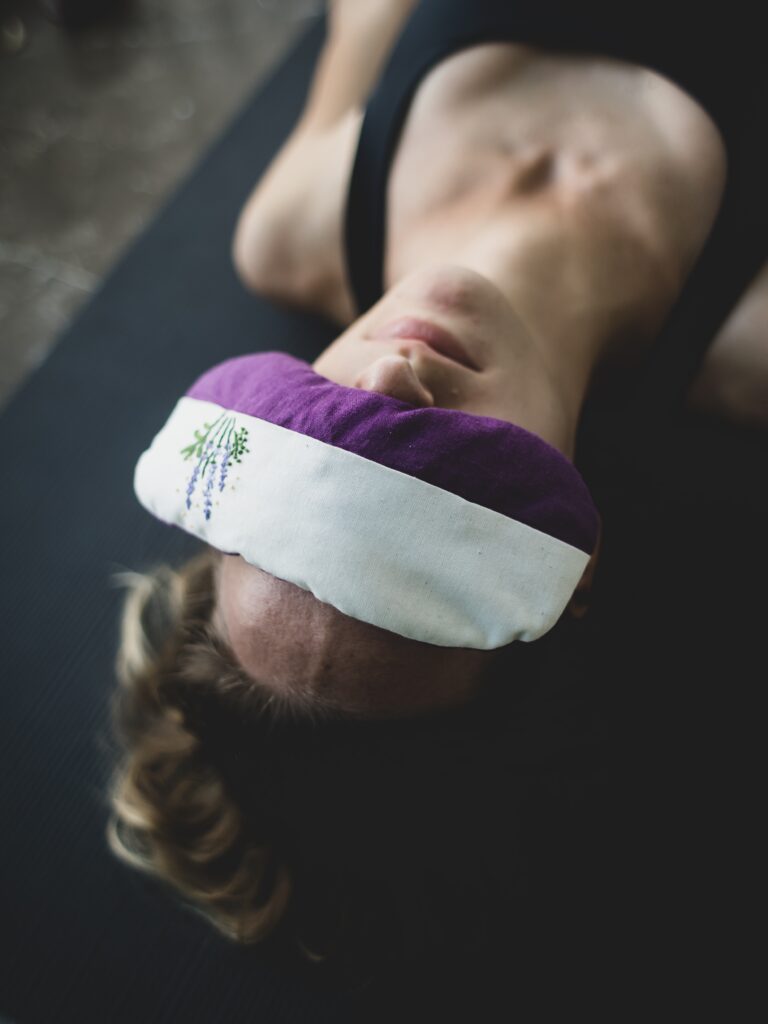
5. Wei Qi (Defensive Qi)
Wei Qi is the protective shield of energy that envelops the body, standing guard against external pathogenic factors. It’s a tangible energy that circulates outside the blood vessels, flowing close to the skin and muscles, fortifying the body’s defenses.
Originating from the refined essence of food and water transformed by the Spleen and Stomach, Wei Qi is further cultivated by the Lungs, which distribute it across the skin’s surface and muscle layers. This Qi’s distribution ensures that the body remains protected from the constant threats present in our environment, like wind, cold, dampness, and more. The Lungs, with their rhythmic inhalation and exhalation, regulate the distribution and flow of Wei Qi, ensuring a continuous shield of defense.
Beyond defense, Wei Qi also plays a role in the body’s thermoregulation. It adjusts to external temperature variations, ensuring the body’s internal environment remains stable.
What to Know About Wei Qi
- External Defense Mechanism: Wei Qi’s primary role is to protect the body. It stands guard, preventing the invasion of harmful external agents.
- Thermoregulation: Acting as the body’s thermostat, Wei Qi adjusts and reacts to external temperature changes, ensuring internal temperature stability.
- Synergy with Ying Qi: While Wei Qi deals with external defense, it works in harmony with Ying Qi. Any imbalance in Wei Qi often hints at potential disruptions in Ying Qi, indicating their interconnected relationship.
- Regulation of Pores: It controls the opening and closing of the pores, which determines the body’s sweat production and, by extension, influences toxin release.
- Vitality: A robust Wei Qi often correlates with increased vitality and reduced susceptibility to illnesses.

6. Zhen Qi (True Qi)
Zhen Qi stands as the quintessence of the body’s energies. Unlike the other forms of Qi which can be seen as individual streams of energy serving specific roles, Zhen Qi is a culmination, a unified force resulting from the perfect blend of the body’s foundational energies.
This integrative energy has its roots in the Jing (Essence) stored in the Kidneys and the Gu Qi derived from the digestive process.
As these foundational energies undergo further refinement and mingling, they give rise to both Ying Qi and Wei Qi.
Zhen Qi is the harmonious balance of these two. It represents the dynamic interplay between the body’s nourishing energies (Ying Qi) and the protective forces (Wei Qi).
What to Know About Zhen Qi
- Vital Force of the Body: Zhen Qi is the representation of the body’s most refined and potent energy, driving all physiological functions and maintaining homeostasis.
- Balance of Ying and Wei: It ensures that the nourishing (Ying Qi) and defensive (Wei Qi) energies are in harmony. Any disruption in this balance can lead to health issues.
- Indicator of Overall Health: The state of one’s Zhen Qi is a reflection of overall well-being.
- Supports Organ Function: Zhen Qi aids in the proper functioning of all organs, ensuring that each can perform its role in maintaining health.
- Life’s Vital Essence: Beyond just an energy form, Zhen Qi encapsulates the body’s life force, playing a pivotal role in growth, reproduction, and overall vitality.
Qi & Yin and Yang
The concept of Yin and Yang is one of the pillars of Chinese philosophy. Representing dualistic forces of the universe, Yin and Yang are not only opposites but also complementary. They continuously transform into and balance each other, ensuring the universe’s harmony.
Similarly, Qi, as the vital energy or life force flowing through all living beings, adheres to this principle of balance and harmony defined by the Yin-Yang theory.
Qi flows throughout the body in meridians. However, the balance of this flow is vital. Just as the equilibrium between Yin and Yang ensures the universe’s stability, the balance in Qi flow ensures a person’s well-being. Any disruption, stagnation, or imbalance in Qi can lead to illness.
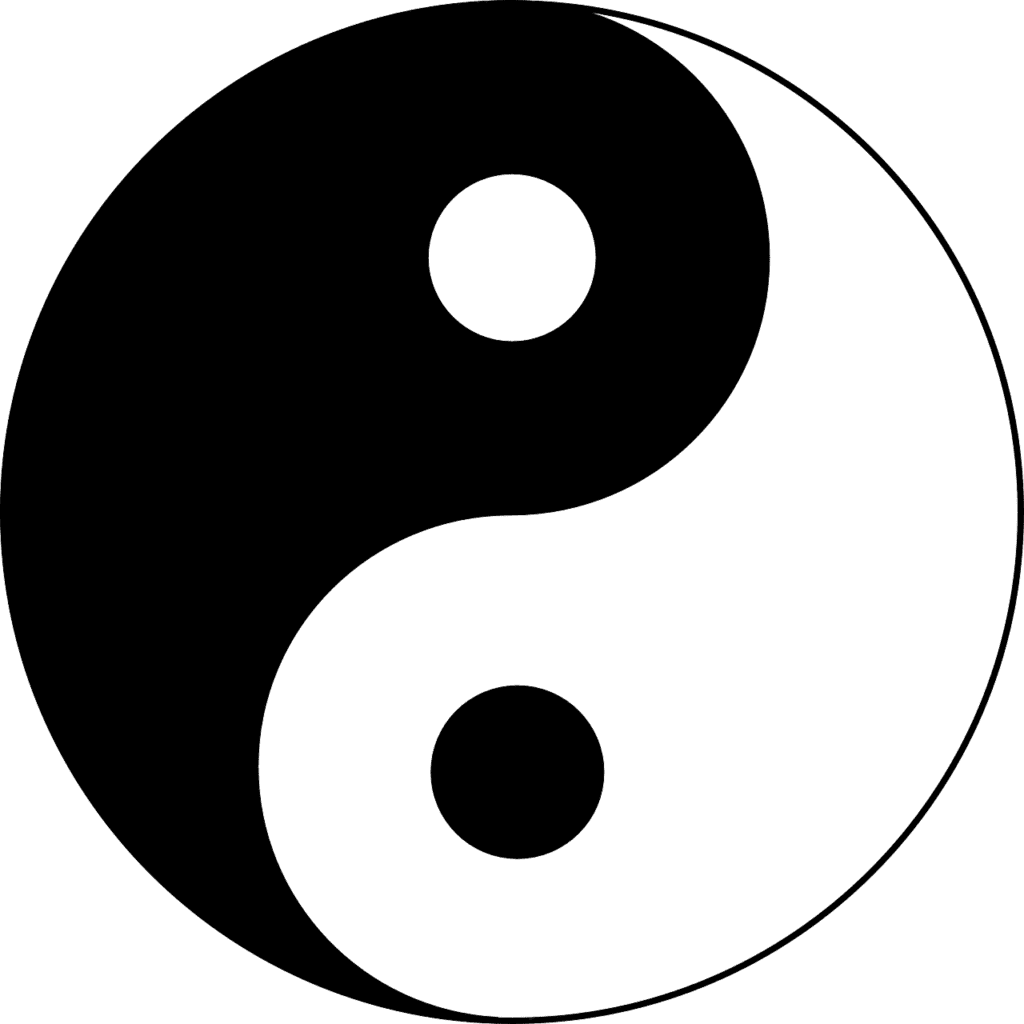
Yin Qi and Yang Qi
While Qi is a unified concept, its different forms can be characterized as more Yin or Yang in nature.
Yin Qi emphasizes nourishment, internal sustenance, and a cooling effect on the body. It’s more passive and rooted deeply within our physiological structure, typically associated with body fluids, blood, and the organs.
List of Yin Qi:
- Yuan Qi
- Ying Qi
- Zong Qi
Yang Qi is characterized by its warming and protective nature. It’s more external and active, focused on defense against external factors, regulating body temperature, and ensuring optimal function of the body’s external aspects.
List of Yang Qi:
- Wei Qi
- Gu Qi
- Zhen Qi
Pathology of Qi
Understanding Qi’s pathological patterns can help shed light on various health issues and provides insights into treatment strategies. These patterns indicate imbalances in the body’s energy system and can manifest in various symptoms.
- Qi Deficiency: This occurs when there’s an insufficient amount of Qi in the body or when the Qi is not adequately strong. It can arise due to various reasons such as prolonged illness, poor diet, stress, or overexertion.
- Qi Stagnation: When Qi doesn’t flow smoothly or becomes blocked, it leads to stagnation. Emotional distress, especially unresolved anger or frustration, is a common cause of Qi stagnation. Physical injuries or a sedentary lifestyle can also contribute to this.
- Qi Sinking: This refers to the downward movement of Qi, rather than its usual upward and outward flow. It’s typically linked to a deficiency of Qi, where the weakened Qi cannot hold its ground and thus sinks.
- Rebellious Qi: This describes Qi moving in the opposite direction of its natural course. For instance, the natural direction for Stomach Qi is downward, but with rebellious Qi, it might move upwards, leading to symptoms like vomiting.
How to Cultivate and Balance Qi
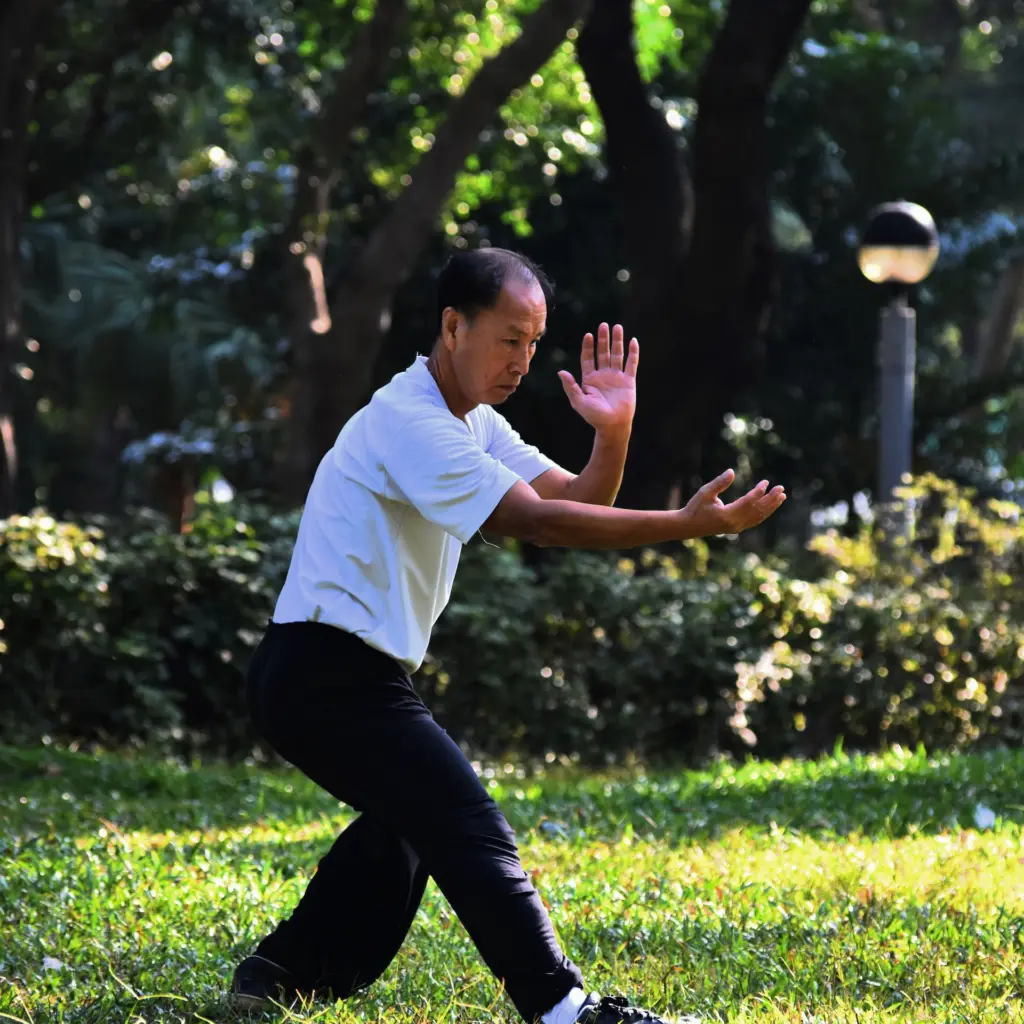
Qigong and Tai Chi
Cultivating and balancing Qi remains a cornerstone of Chinese health and wellness practices. Central to this endeavor are Qigong and Tai Chi, two ancient practices intertwined with Chinese culture, spirituality, and martial arts.
Qigong, meaning “life energy cultivation,” boasts a rich history spanning over 4,000 years. Originally rooted in Taoist rituals aspiring for longevity and spiritual ascension, this practice harmoniously blends movement, breathing, and meditation, aiming to harness and equilibrate life energy.
Within the domain of Qigong, there are practices where individuals hold particular postures, aiming to intensify Qi in specific meridians. Similar to yoga and the Chakra energy system in Hindu traditions.
Alternatively, some sequences involve fluid motions to circulate Qi, breaking any energetic blockades. This dynamic aspect is complemented by meditative Qigong practices that rely on visualization and deep meditation to harmonize and guide Qi seamlessly.
Contrastingly, Tai Chi, also known as Tai Chi Chuan or “supreme fist,” emerged primarily as a martial art in 16th-century Chinese villages. With profound ties to Taoist and Confucian teachings, Tai Chi gradually morphed its martial emphasis to champion health and meditation.
Tai Chi is characterized by “forms.” Every gesture and stance in these forms is designed to cultivate, channel, or balance Qi. There’s also an interactive aspect known as “Push Hands,” a two-person exercise elucidating the ebb and flow of Qi, especially in martial contexts. Just as in Qigong, breathing in Tai Chi is rhythmic with deep inhalations and exhalations and synchronized with the movements.

Traditional Chinese Medicine
Traditional Chinese Medicine offers a holistic approach to health, rooted in thousands of years of practice and philosophy. Several key practices within TCM, like acupuncture, herbal remedies, and diet, play critical roles in the maintenance and restoration of Qi balance.
Acupuncture, one of TCM’s most recognized modalities, is based on the insertion of fine needles into specific points on the body known as acupuncture points. These points lie along meridians and by stimulating these points, acupuncture aims to release blockages, redirect the flow of Qi, and restore harmony. It’s an art that requires understanding the patient’s Qi dynamics to choose the right points and techniques.
Herbal remedies, another pillar of TCM, involve the use of natural plants, minerals, and sometimes animal products. Each herb has its properties and functions, and when combined in formulas, they can target specific imbalances in the body’s Qi. These remedies go beyond symptom treatment, aiming to correct the root cause of the imbalance, whether it be a Qi deficiency, stagnation, or other disruptions.
Diet, in TCM, is about the energetic properties of foods. Foods are categorized based on their warming, cooling, drying, or moisturizing effects, among other attributes. The TCM dietary approach is tailored to individual needs, taking into consideration one’s constitution, current health condition, and the nature of Qi imbalances. By choosing foods that harmonize with one’s Qi, one can promote healing and maintain vitality.


